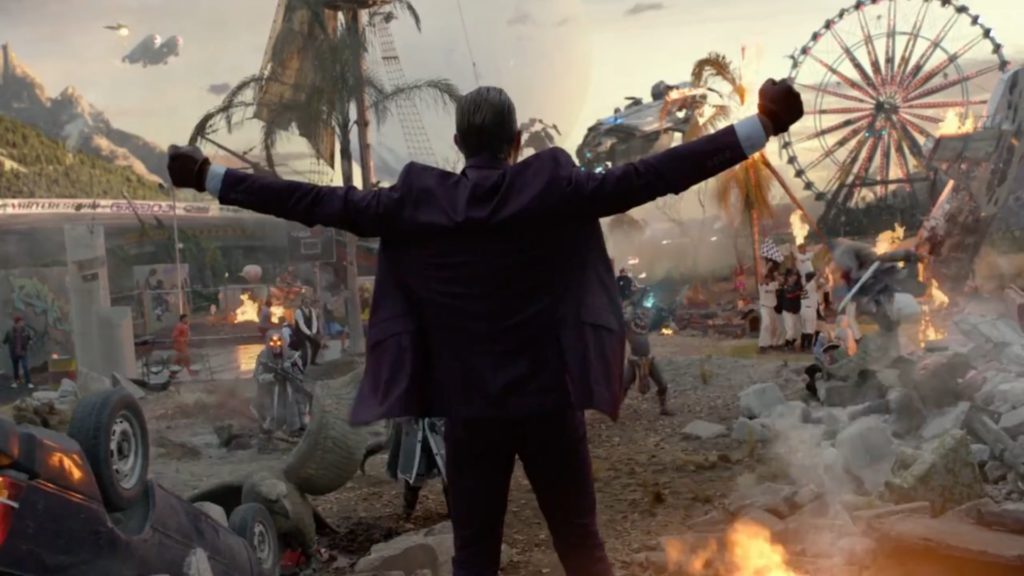Video games have come a long way from the blocky (albeit addictive) gameplay to the 4K, interactive stories we see today. Just as games and consoles have become more sophisticated over the past few decades, so has the way brands market them. While all campaigns are different and there are exceptions to every rule, let’s take a look at how game marketing has evolved from low-res footage of screaming, teenage boys to high-def, cinematic masterpieces.
Then: Kids Play Together
The first video game commercials focused heavily on how much fun the consumer (and his friends) would have when they played. While gameplay footage was shown, the primary selling point was usually the act of playing itself. Teenage boys yelling excitedly as they watched one another with the controller was a common sight throughout TV spots for Atari and Nintendo.
Now: Everyone Plays Together
Today, the average video game consumer is 35 years old—a demographic consisting of those teenage boys (and girls) all grown up. In fact, adult women now outnumber teenage boys as active gamers, according to the Entertainment Software Association (ESA). As a result, modern video game commercials feature adults more than children.
For grown-up gamers who want to share a bit of nostalgia with their children, Nintendo once again marketed toward having fun with others—this time including everyone in the family, young or old, with the Wii console. Now, with the launch of virtual reality, the challenge has been to market a community experience rather than one person blindly walking around the living room in a bulky headset. Oculus Rift ads in particular feature millennials enjoying a virtual reality experience together and getting really excited like those teenage boys of commercials past.
Then: Game Features Are Explained
Retro commercials often featured a narrator that explained the game or console’s features and selling points. When computer graphics began to evolve, so did the game’s competitive edge—something that continues to this day with photo-realistic rendering and 4K graphics.
Now: Game Features Are Shown
Today, brands create emotional experiences by showing consumers what it’s like to play a game and let them draw their own conclusions as to how it makes them feel. While not all popular games are photo realistic (Minecraft, for example), a lot of them are, which allows brands to showcase their work in a more polished, cinematic fashion.
When it comes to trade shows, publishers like EA, Sony and Microsoft are focusing more on community events and influencers for hands-on demos with new titles rather than solely relying on the press to tell people what’s good or not.
Then: Gameplay is King
When marketing Final Fantasy II in 1988, Square Enix touted its infamously long play time as value for its customers.
Now: Story is King
For Final Fantasy XV (which is still insanely long, by the way), Square Enix focused on the game’s story of friendship and battling together, showing gameplay footage for only a moment at the end.
Some Things Never Change
Despite all these changes, some things never do, and for good reason. Live action helps bring game concepts to life . . .
. . . and a little humor can go a long way.

